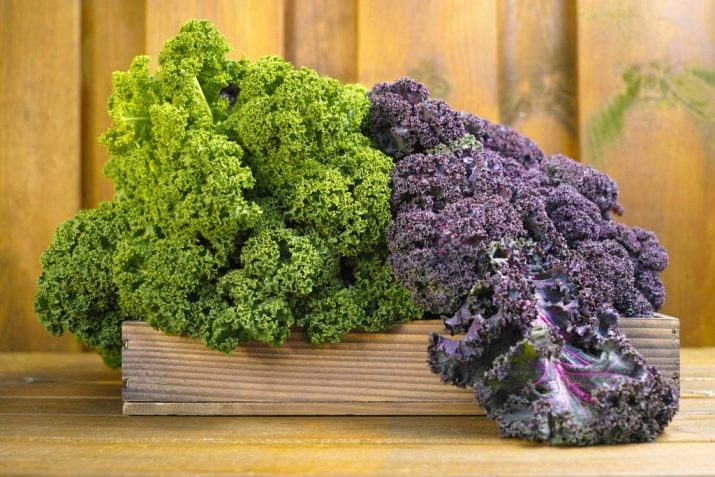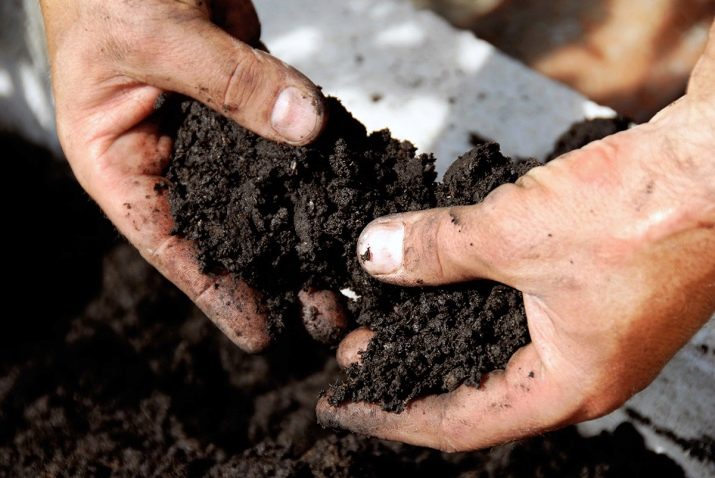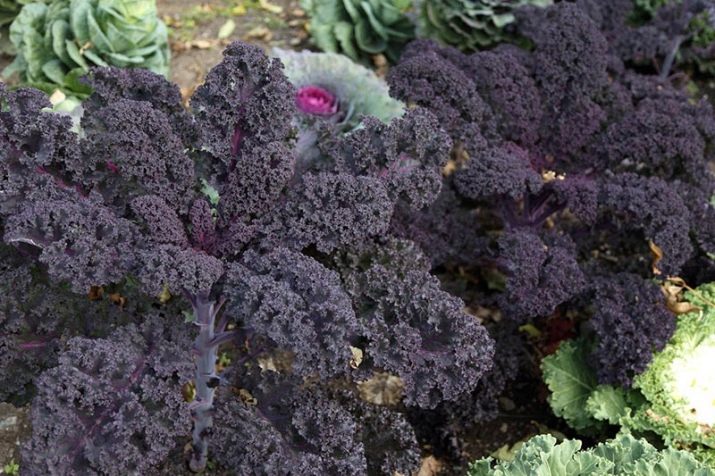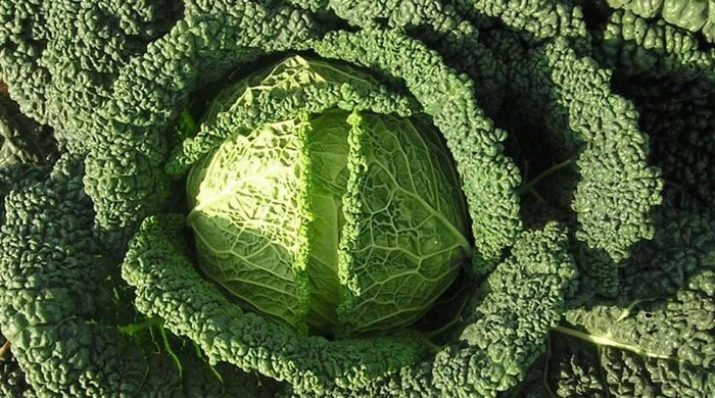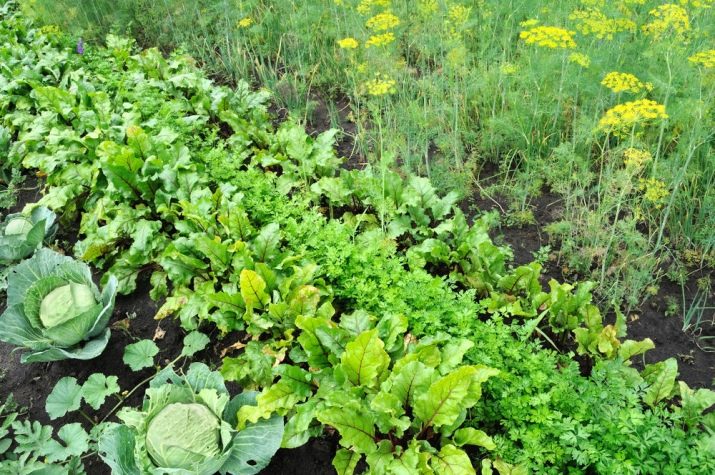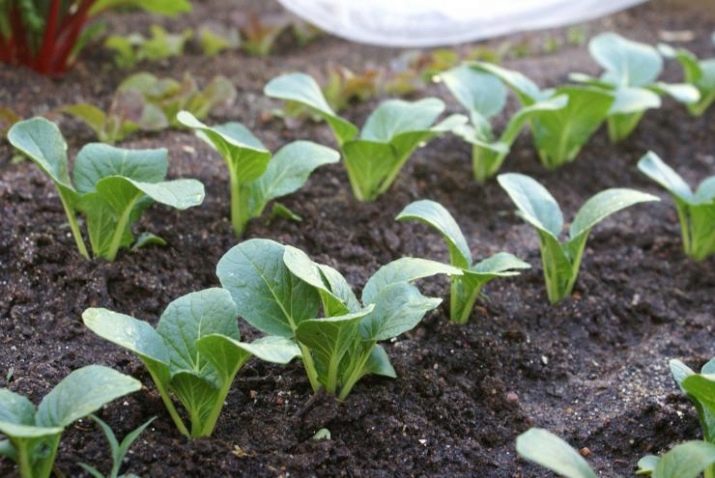Kale: varieties and cultivation features
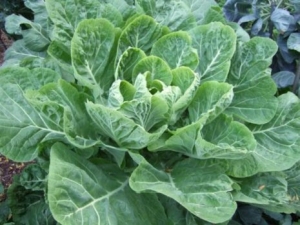
Kale is still a strange guest on our table.Most people attribute this plant to the group of ornamental plants, which are commonly grown in flower beds along with flowers. However, there are a huge number of hybrids such cabbage, suitable for food.
A bit of history
Kale gained its popularity in ancient Greece. Already at that time, it was famous for its beneficial properties. Healing qualities were attributed to this vegetable, they were treated for ailments.
This vegetable crop came to Asia (China, Korea and Japan) much later, in the 17th century. The imported hybrids did not take root in the new place, therefore, experienced breeders from China developed their own hybrid. New cabbage was bright, with a varied color of leaves. Until now, it is grown to decorate flower gardens and gardens.
Vegetable is popular in America. The plant is unpretentious in the care, so it became a frequenter in the flower beds. But not only decorative properties are appreciated by gardeners, they make excellent dishes from vegetable leaves.
Special features
The main difference between the cabbage and the standard is that it does not roll into a head. Its leaves look large and sprawling. According to the structure, they can be both thin and dense, fleshy.
Many plant varieties differ not only in the shape of the leaves, but also in their shade. The color spectrum of leaves is huge: all shades of green, red, burgundy, brown and even purple.
Cabbers attract cabers and gardeners with a huge content of vitamins, amino acids and microelements. The plant is rich in calcium (even more than milk and cottage cheese), contains ascorbic acid.
Some vegetable varieties contain Omega-3, a useful amino acid that our body needs.
Kale is a biennial plant. In the first year the leaves germinate, and only in the second year the culture begins to bloom.
Although the plant can withstand slight frosts, it cannot survive our severe cold. Therefore, you should not plant the plant on the open beds, it simply will not survive the harsh winter.
Plant species
The plant is divided into the following types:
- undersized (no more than 20 cm);
- medium (up to 120 cm);
- tall (up to 2 meters).
Each type has its advantages. An undersized vegetable tolerates temperature drops and frosts better; it can bear fruit even in October when there is a temperature above zero. More prolific tall cabbage.
Popular varieties
Kale boasts a large number of varieties. It is very important among all this variety to choose the right variety.
Consider some of them.
One of the most popular varieties is cabbage "Kale red" and "Kale green". Their main difference lies in the color of the leaves.
"Kale"
This variety belongs to annual plants. Cabbage can be used both for food and for decorative purposes.
The color spectrum of “Kale red” is very diverse. Its leaves are colored in purple, ruby-red, purple and brown colors. Vegetable needs a lot of light and heat. Her taste is brighter than that of Kale Green.
The variety is usually grown in the form of seedlings, but let's say the sowing of seeds. Seeds need to be sown in early spring with the onset of warming. Rassadny way culture planted in early May.
It is important to take a responsible approach to the selection of the site for planting. The bed must be prepared in the autumn. For the beds fit a well-lit area of soil.
Before planting cabbage, the soil is fertilized with manure, humus and complex mineral fertilizers. Vegetable planted in the garden at a distance of at least half a meter from each other, the row-spacing should be 40-50 cm in size.
Young stems begin to germinate from seeds at a temperature of + 4 degrees Celsius. Loose sprouts are protected with a special covering material (film cover is allowed). Regular weeding, constant fertilization of the soil and timely watering of the crop will be the key to a good harvest.
Redbor f1
Variety bred in Holland. In height the adult plant reaches 75-80 centimeters. Leaves small curly, purple hue. The hybrid is well going through the cold. "Redbor f1" biennial plant, to bloom and bear fruit begins a year after landing on the beds.
Cabbage of this variety has a juicy and tender taste, is rich in vitamins, leads in the content of proteins in the composition.
The hybrid is also used for decorating personal plots.
"Tuscany"
This variety has low, but sprawling bushes. Emerald-colored cabbage leaves, large in size. The hybrid is well suited for cooking - frying, stewing and marinade.
The optimum temperature for this variety ranges from +12 to + 15 degrees Celsius.
"Reflex"
Cabbage varieties "Reflex" has a corrugated leaves of a grayish-green color. The grade is frost-resistant, transfers temperature to-18 degrees. Small frosts will only benefit the hybrid - the bitter taste of the leaves will disappear.
The hybrid is quite popular among summer residents. His taste lacks the very bitterness with which other varieties of kale sin. "Reflex" perfectly complements dishes of meat, chicken and some varieties of fish.
The variety is rich in vitamins, carbohydrates, fiber and minerals. The composition of the vegetable includes:
- calcium;
- sulfur;
- potassium;
- phosphorus.
Tintoretto
The variety is well suited for fresh use. Fresh cabbage leaves are juicy, crunchy, have a pleasant taste. Ideal for salads and appetizers.
Culture tolerates temperature drops, in the cold period withstands up to -16 degrees Celsius.
The main crop ripen in autumn in late September. The weight of an adult vegetable can be more than 1 kilogram. Leaves sprawling, emerald green color.
Features of growing
When growing a crop, one should follow the same rules as when growing its white-colored sibling. A ventilated and well-lit place is chosen. The best predecessors for vegetables will be:
- tomatoes and peppers;
- legumes (peas, beans, beans);
- cucumbers;
- potatoes;
- squash and squash;
- carrot.
The soil for planting is prepared in advance. The land is fertilized with humus or manure. It is desirable to produce fertilizer with superphosphate (no more than 50 grams) and potash fertilizer (up to 20 grams).
Vegetables can be grown with seedlings. Sowing seeds produced in the greenhouse since the beginning of May. If sowing is done at a later date, the plant will not have time to ripen and will not give a good harvest.
The soil before planting plants must be watered well. For the first time, young cabbage seedlings can be covered from strong sunlight or cold wind.
Aftercare
After the seedlings have taken root, the plant requires further care. Regular weeding of beds, loosening (hilling) of the soil, frequent abundant watering and good feeding. The combination of all these factors will be the key to the abundant and rich harvest of your favorite vegetable.
The first feeding is done after two weeks after the cabbage is planted on the ground. You can apply a solution of mullein in the ratio of 1 to 10. Minerals fertilize another two to three weeks. Suitable mineral fertilizers include saltpeter, lime and potassium chloride.
Properly chosen dressing performs many functions:
- accelerates the ripening of the fetus;
- increases yield;
- helps the plant to resist fungal diseases;
- prevents the occurrence of disease-causing mold;
- improves soil properties;
- enriches the soil with oxygen;
- nourishes vegetable culture.
It will not be superfluous to feed the cabbage with a solution of potassium permanganate. Manganese has antiseptic and disinfectant properties. With the help of potassium permanganate you can defeat various harmful bacteria and disease-causing fungi.
Manganese stimulates the ripening of vegetables, helps to accumulate ascorbic acid.
It is very important to observe the correct dosage of the manganese solution.Otherwise, if you overdo it with the dosage, you can get burned cabbage leaves.
Three grams of potassium permanganate should be diluted in ten liters of water. This solution should be watered under the root of each bush cabbage. It is best of all to carry out procedure in a cool time when aggressive sunshine is least active - in the morning and in the evening.
Such cabbage is exposed to pests (various caterpillars and aphids). In order to minimize the damage caused by pests, it is necessary to weed the beds regularly, because the weed attracts the above-mentioned insects.
The leaves of the plant can be eaten as they ripen from mid-June. Cutting leaves can be done individually.
Crop harvested closer to mid-autumn, from about mid-October to late November. Cabbage leaves do not lie, start to flabby and spoil quickly. Therefore, it is ideal to use immediately for the preparation of salads and various dishes (soups, pies, cabbage rolls). A little bitterness, which the leaves have, can be removed with boiling water.
For harvesting for the winter cabbage is best to freeze. Fast freezing will not only preserve all the tastes of the vegetable, but also preserve the basic vitamins that make up it.
Kale gets more and more fans among gardeners. It is unpretentious in care, rich in vitamins and suitable for a large number of dishes. All these qualities make it an indispensable vegetable in any garden.
For information on the types and characteristics of growing kale, see the following video.






